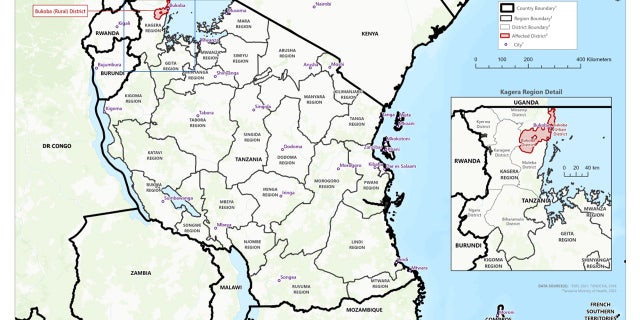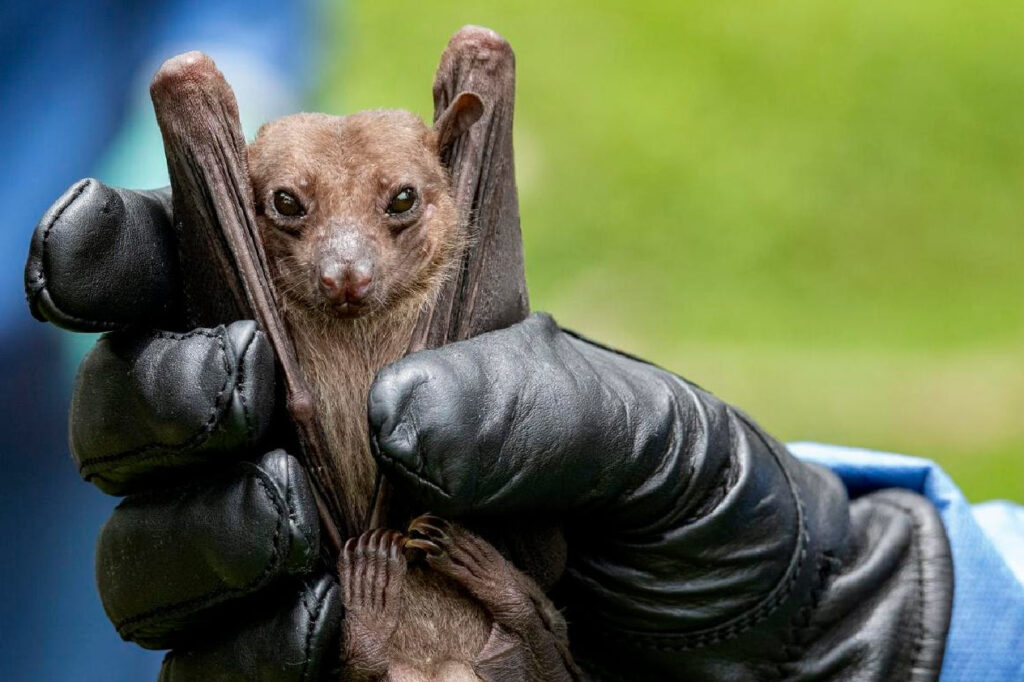The CDC is sending personnel to assist with the outbreak of the Marburg virus in Guinea and Tanzania
CDC scientists have spearheaded a small pilot project deep inside the forests of Uganda to track the movement of bats that carry the deadly Marburg virus, a close cousin to Ebola. (Center of Disease Control)
The U.S. Centers for Disease Control and Prevention (CDC) is urging travelers to Guinea and Tanzania to be mindful of contracting the deadly Marburg virus. The CDC is also sending personnel to Africa to assist stopping the outbreak of the disease.
The Marburg virus is an infectious disease that has high fatality rates and, according to the World Health Organization (WHO), has epidemic potential.
This week, the CDC announced that it is sending its National Center for Emerging and Zoonotic Infectious Diseases to respond to the outbreaks in Guinea and Tanzania.
This week, the CDC urged travelers in Guinea and Tanzania to avoid contact with sick people, health care facilities in the outbreak areas and to watch for symptoms for three weeks after leaving the area.

Equatorial Guinea and Tanzania are facing their first known outbreaks of Marburg virus. The CDC has likened the Marburg virus to Ebola. (Center of Disease Control)
In February, Equatorial Guinea announced the first outbreak of the virus and the country has since counted officially nine cases with an additional 20 probable cases, all of whom have died, according to WHO.

Travelers to Equatorial Guinea should take enhanced precautions and avoid non-essential travel to the provinces where the outbreak is occurring, the Center of Disease Control said. (Center of Disease Control)
About 1,800 miles away, across the continent, Tanzania is also reporting a Marburg outbreak and has confirmed eight cases, including five deaths, according to WHO.

On March 21, 2023, Tanzania declared an outbreak of Marburg virus disease. Confirmed cases have been reported in the Kagera Region. (Center of Disease Control)
The virus is a rare and deadly disease which causes fever, chills, muscle pain, rash, sore throat, diarrhea, weakness or unexplained bleeding or bruising.
The Marburg virus can be spread through “blood or body fluids of a person infected with or who has died from Marburg,” according to the CDC.


Marburg virus disease is a rare and deadly disease that has, at times, caused outbreaks in several African countries. (Center of Disease Control)
The virus is also spread by contact with contaminated objects (such as clothing, bedding, needles, and medical equipment) or by contact with animals, such as bats.
In 2018, at the Queen Elizabeth National Park in the Python Cave, CDC scientists spearheaded a project after tourists and nearby village experienced outbreaks of the virus.
Health experts investigated where the bats go at night to better understand how the virus is transmitted to humans by putting GPS units on the backs of bats to track their movements, according to the CDC.
Source: Fox News


